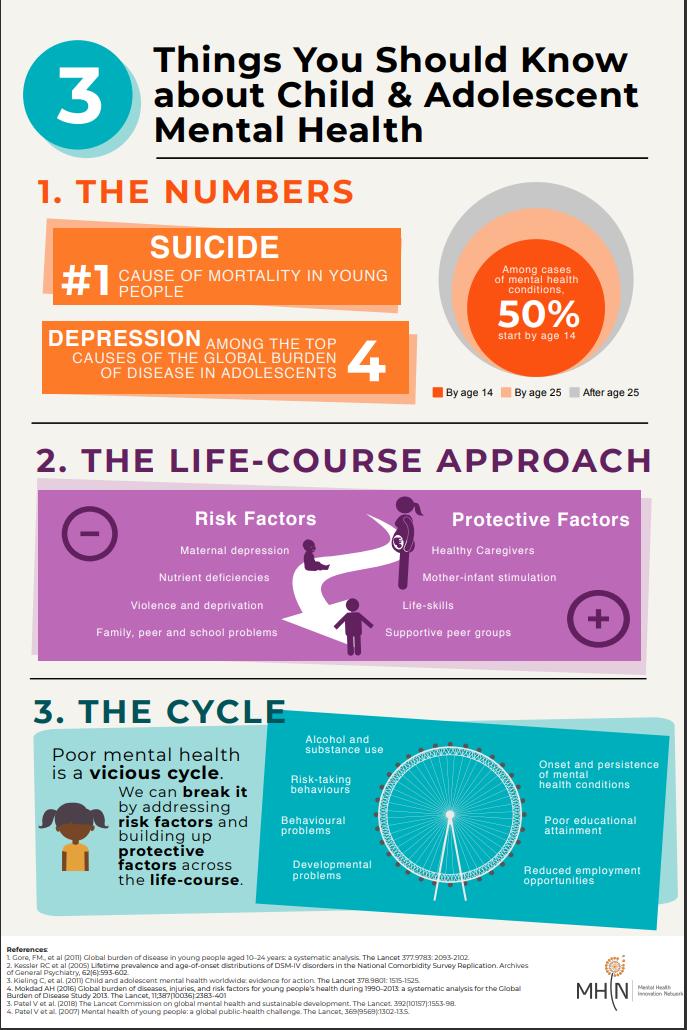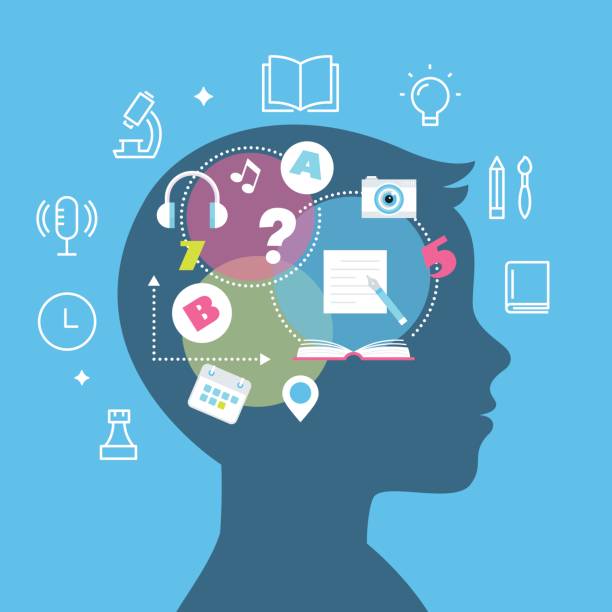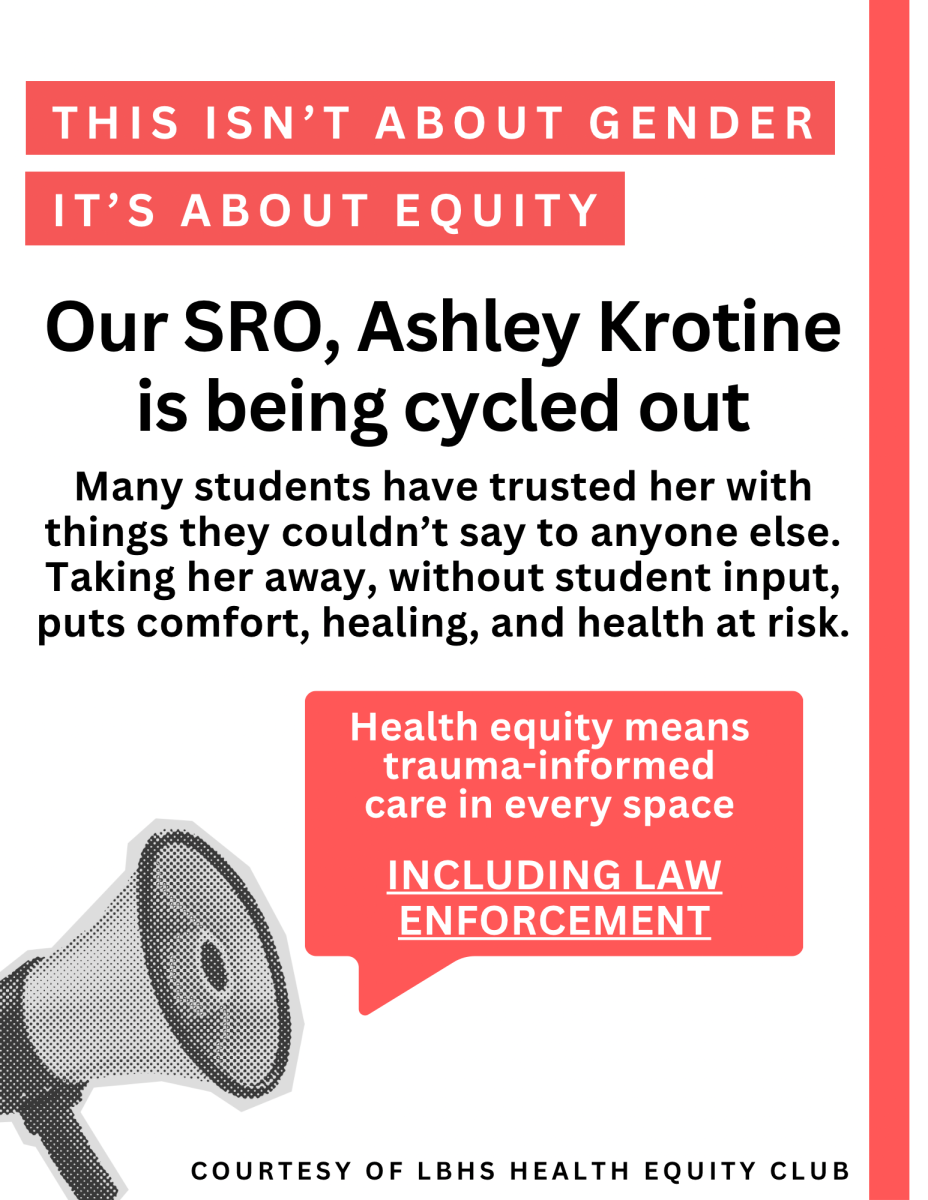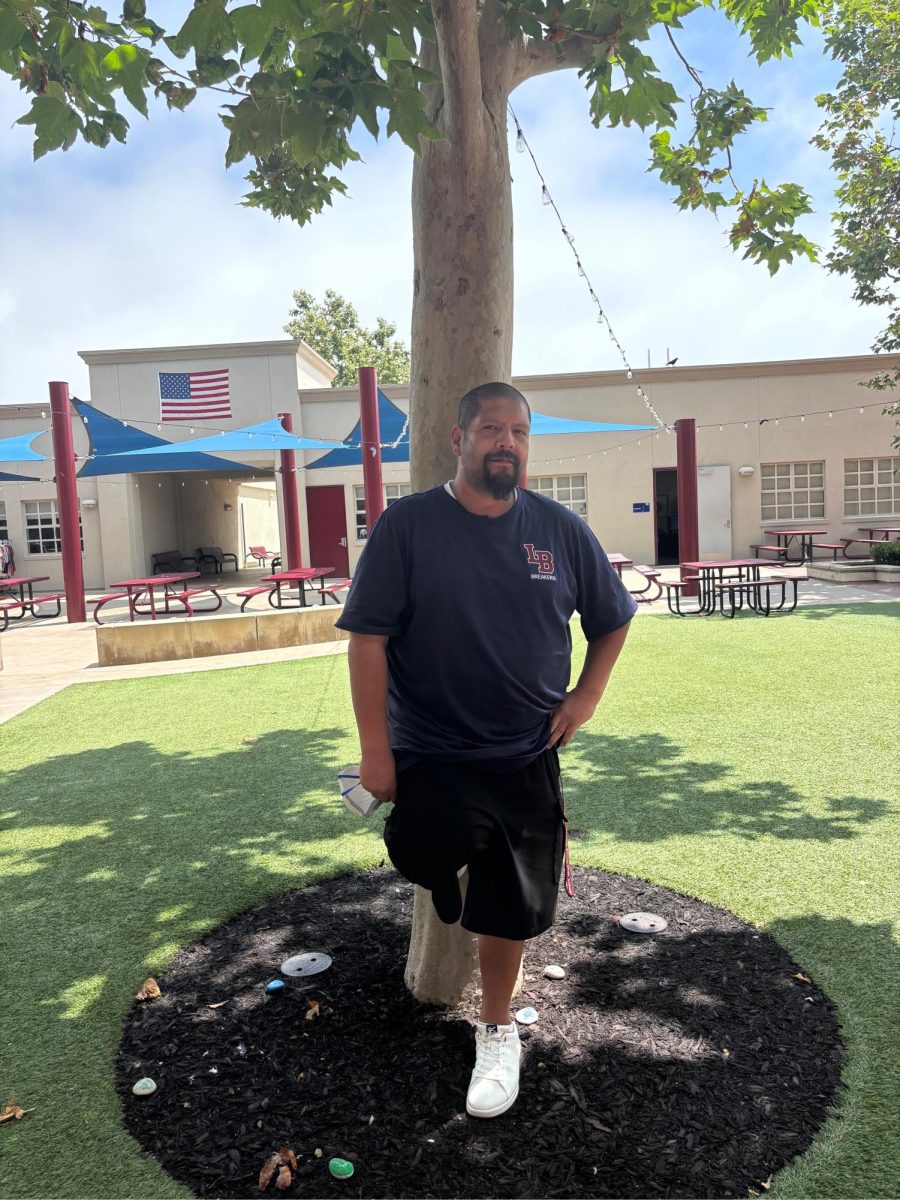Education about mental health in public schools is not talked about enough. I said it. It might sound blunt, but it is the reality. The reason why I said this statement is because of the mass misconceptions regarding what mental health is in the media, online, and, most importantly, in everyday life. High school is the building block for future generations, and it is responsible for equipping students with academic intelligence and the tools to navigate the world of their own well-being. It is reported that two-thirds of the world population do not receive treatment of any form for their mental health concern, and specifically in the US, 54% of adults do not reach out for therapy regarding their mental illness. This is concerning and most importantly, something that we must address.
Many might be thinking right now, how can we address something that is already talked about constantly? The issue with this question is that the topic of mental health is typically misconstrued with either a negative connotation or goes unnoticed as an issue that “everyone deals with eventually.” Not only is this false, but it is incredibly harmful, as it reinforces the ideology that getting help is a sign of being at an all-time low. Some common myths that exist currently in our society include the saying, “Teenagers don’t have ‘real’ mental health concerns” or “Suicide is something students won’t act upon.” In reality, 1 in 5 adolescents, particularly before the age of 14, endure a mental health concern. This is a frequent sighting due to the mass pressure placed upon kids to suppress their emotions, leading to a more severe outbreak down the road. Eventually, these breakdowns, which occur once they are locked away and can’t handle it anymore, provide the perfect gateway toward an extremely dangerous
Most high school students experience life feeling an unnecessary stress barrier that weighs their whole being down but is expected to disappear without assistance. Constant stress should never be the norm; getting support for it should be. It can become intimidating when adults constantly reassure children that help is always available, especially if you believe it might not be as extreme as indicated. We as a community must ease this concept throughout a period of time so it doesn’t affect mentioned before: intimidate the target audience.
As a middle school student, I struggled to keep connections. I placed the blame on myself for the majority of my life moving forward. Now, as a sixteen-year-old, I am not blaming any individual or institution for my mental health battle. However, I felt that support never felt accessible regarding personal issues that did not constitute an immediate crisis. This is where mental health education in high schools acts as a preventive measure, averting the escalation of mild psychological distress into debilitating conditions. Fostering emotional intelligence and self-awareness enables the student to recognize these early signs of mental health issues in themselves and their friends as well, facilitating intervention and support before it escalates to further extremes.
A way to encourage people to develop early intervention skills is by incorporating coping mechanisms into counseling presentations and creating ways to help people around you. Not only would the equipment of these skills promote students toward learning resilience, but they will also have access to life-long empowerment. Coping skills such as mindfulness techniques, problem-solving strategies, and emotional regulation capabilities motivate proactive approaches, allowing students to want to normalize discussion overall. This culture of openness among youth might seem already pre-achieved, but much more must be accomplished. We must break the stigmatization of mental health, and seeking help early on must be taken down one at a time; this is how it can be done.
I want to reinforce mental health education, which equips students with essential coping mechanisms and resilience-building strategies. I want to offer various tools—mindfulness practices, stress management techniques, assertive communication skills—that empower adolescents to confront challenges with courage to navigate life’s ebbs and flows with grace. This change must begin now with vigilante action. Do this for the kids who don’t have the voice to do it themselves.

If you are in a life-threatening emergency, call 911 to get immediate support.
The National Suicide Prevention and Crisis line: 9-8-8
If an individual prefers using text communication to get support, you can text “Home” to 741741, 24 hours per day, 365 days per year.
Cited Sources:
University of Michigan Counseling and Psychological Services: Five Common Myths – https://caps.umich.edu/content/five-common-myths
Mental Health Foundation: Mental Health statistics – https://www.mentalhealth.org.uk/explore-mental-health/statistics





















